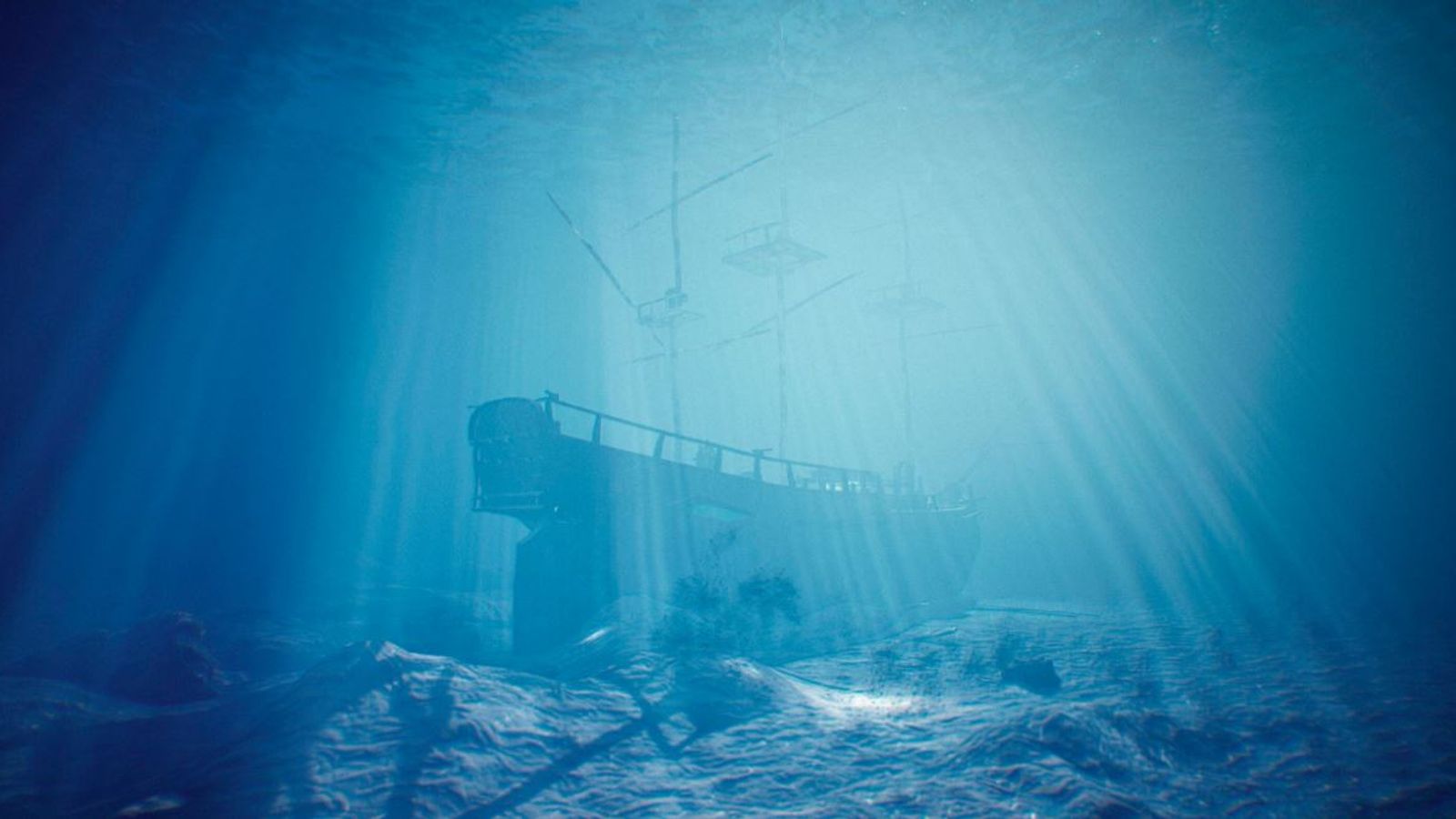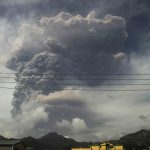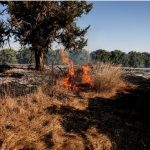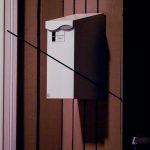Australian experts say they are convinced they have found the final resting place of the Endeavour.
Endeavour (officially His Majesty’s Bark Endeavour) was the vessel used by British explorer James Cook on his first voyage of discovery to the Pacific between 1768 and 1771.
Kevin Sumption, chief executive of the Australian National Maritime Museum, told reporters in Sydney that after more than two decades of investigation, the famous ship had been found.
He said: “We can conclusively confirm that this is indeed the wreck of Cook’s Endeavour.
“This is an important moment. It is arguably one of the most important vessels in our maritime history.”
Endeavour chartered areas of the world largely unknown to Europeans at that time, including parts of Australia and New Zealand.
But by 1775 the ship was in poor condition and was sold to a private owner, who renamed it Lord Sandwich.
Afghanistan fight for survival: Malnourished, weak and cold to the bone with no room for grief
Britain and the West failing starving Afghans, Gordon Brown warns, amid fears millions could die
Scandinavia to become almost entirely free of COVID restrictions – with Sweden to join Denmark and Norway in scrapping rules
It was sunk by British forces in 1778 in Newport Harbor, Rhode Island.
Researchers have spent the last 22 years investigating the area, examining several 18th century ships within a two-square-mile space.
Their investigation involved things such as comparing the wrecks with plans and measurements of Endeavour, looking at how the wrecks had been built and the likely origin of the materials.
Mr Sumption said that the “last pieces of the puzzle” had to be confirmed before he felt able to make the discovery public.
But now, based on “archival and archaeological evidence”, he was “convinced” the famous ship had been found.
It lies just 500 metres off the coast, where it is 14 metres below the surface, under nearly 250 years’ worth of sediment and silt.
Mr Sumption said: “It’s an important historical moment, as this vessel’s role in exploration, astronomy and science applies not just to Australia, but also Aotearoa New Zealand, the United Kingdom and the United States.”
Only about 15% of the vessel remains and the focus will now shift to how it can be preserved and protected, he added.
The announcement has ruffled feathers in the US, however, where the Rhode Island Marine Archaeology Project (RIMAP) described it as “premature” and a “breach of contract”.
Executive director Dr Kathy Abbass said that they were the lead organisation for the study, telling Guardian Australia: “There are many unanswered questions that could overturn such an identification (of the shipwreck as being the Endeavour).
“RIMAP recognises the connection between Australian citizens of British descent and the Endeavour, but RIMAP’s conclusions will be driven by proper scientific process and not Australian emotions or politics.”
Mr Sumption said the Australian National Maritime Museum “continues to work closely with maritime experts in Rhode Island and of course with the Australian, Rhode Island and US governments to secure the site”.
The findings will now be published and peer-reviewed by archaeologists from around the world.






















